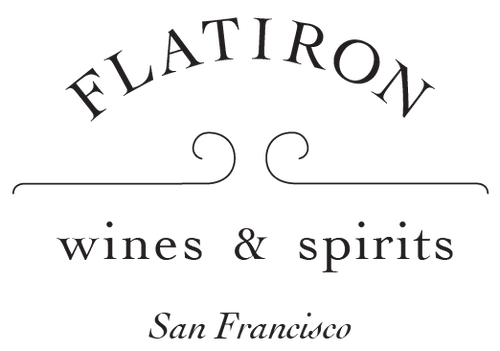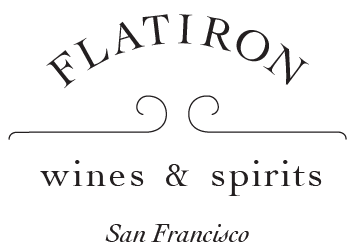Marcel Lapierre
The domaine of Marcel Lapierre needs no introduction. Since Marcel Lapierre pioneered organic and natural winemaking practices in the 80’s, the estate has risen not just to the top of Beaujolais’ pantheon, but right to... Read More
The domaine of Marcel Lapierre needs no introduction. Since Marcel Lapierre pioneered organic and natural winemaking practices in the 80’s, the estate has risen not just to the top of Beaujolais’ pantheon, but right to the top of the wine world’s. On the one hand, it must be nice to receive the reins of such an established and already legendary winery. On the other, there must be immense pressure to upkeep and improve upon a very tough act to follow. Since Marcel passed away in 2010, his son Mathieu and daughter Camille have taken over the domaine jointly, and lucky for us, the wines continue to wow and please.
Camille returned to the winery full-time in 2013, but not without having dipped her feet across the world in some equally impressive establishments. Harvesting with names like Louis-Antonie Luyt in Chile, and Pheasant’s Tears in Georgia, only begin to give you an idea of her curiosity and adventurous spirit. And like any good vigneronne, she topped it off studying at the prestigious wine school in Beaune after working as a sommelier for a number of years. It is perhaps this wide ranging experience that gives her an especially sharp business acumen and realism.
Ask her about natural wines and you’ll hear she is not a believer in the term, nor in extreme dogmatism when it comes to winemaking. Only that steps should be taken to make the wines as natural as possible without compromising quality. Her father, quite famously, blazed the trail for no-sulfur-added wines.
Camille’s philosophy? Add sulfur when you need to, and none when you don’t. The winery typically makes 2 cuveés of Morgon named “N” and “S”, with “S” receiving a tiny bit of sulfur at bottling and “N” no sulfur. In 2015, they decided not to make the “N” cuvee at all as it was an extremely warm year and the wines tended to be overly oxidative and volatile. When asked what she wanted for Christmas that year, Camille replied “dry wines.”
Today, the Lapierre winery is 100% certified organic and experimenting with biodynamics, but Camille says if they don’t see improvement or results, they won’t convert. Many traditions of their father live on in the wines of Marcel Lapierre of course, yet a certain focus and pragmatism has been added by the newer guard. It is at this intersection between the old and new that we are starting to see some of the world’s most exciting wines pushing boundaries and Lapierre certainly continues to be one of them.
Camille returned to the winery full-time in 2013, but not without having dipped her feet across the world in some equally impressive establishments. Harvesting with names like Louis-Antonie Luyt in Chile, and Pheasant’s Tears in Georgia, only begin to give you an idea of her curiosity and adventurous spirit. And like any good vigneronne, she topped it off studying at the prestigious wine school in Beaune after working as a sommelier for a number of years. It is perhaps this wide ranging experience that gives her an especially sharp business acumen and realism.
Ask her about natural wines and you’ll hear she is not a believer in the term, nor in extreme dogmatism when it comes to winemaking. Only that steps should be taken to make the wines as natural as possible without compromising quality. Her father, quite famously, blazed the trail for no-sulfur-added wines.
Camille’s philosophy? Add sulfur when you need to, and none when you don’t. The winery typically makes 2 cuveés of Morgon named “N” and “S”, with “S” receiving a tiny bit of sulfur at bottling and “N” no sulfur. In 2015, they decided not to make the “N” cuvee at all as it was an extremely warm year and the wines tended to be overly oxidative and volatile. When asked what she wanted for Christmas that year, Camille replied “dry wines.”
Today, the Lapierre winery is 100% certified organic and experimenting with biodynamics, but Camille says if they don’t see improvement or results, they won’t convert. Many traditions of their father live on in the wines of Marcel Lapierre of course, yet a certain focus and pragmatism has been added by the newer guard. It is at this intersection between the old and new that we are starting to see some of the world’s most exciting wines pushing boundaries and Lapierre certainly continues to be one of them.

